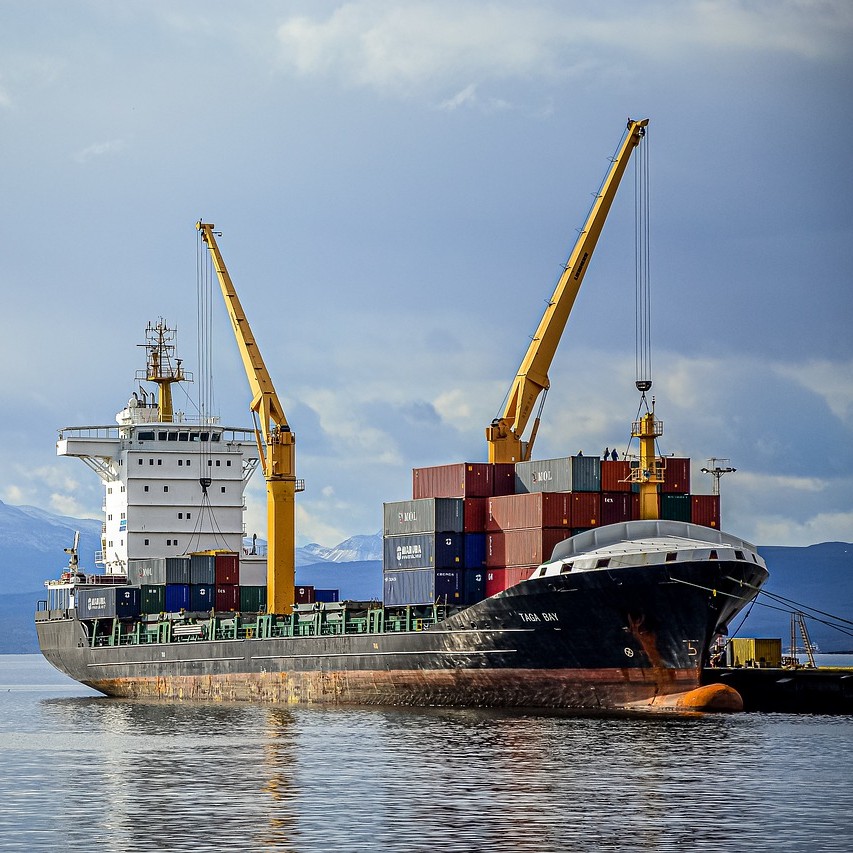Published:
The Panama Canal, one of the world’s largest trading channels, has been dealing with a severe drought this spring and summer, and is expected to continue to experience serious dryness in upcoming months. Panama has two seasons in a year: a dry season and a rainy season. Though the rainy season usually runs from late April until late November, Panama is still experiencing the lowest amount of rainfall since 2000. The unusual drought has caused lower water levels in the canal. According to Boris Moreno, the Vice President of Operations for the channel, the lakes that the passage depends on have close to minimum water levels.
Due to such low water levels, canal authorities have placed new restrictions on ships traveling through; the new rules give all ships a lower maximum weight they can carry through the channel, and the number of vessels that can go through each day has dropped from 36 to 32. These changes have led to a considerable hold-up of ships trying to cross the canal. As of mid-August, around 135 boats had been waiting on both canal sides. The expected wait time for un-booked travel through the Panama Canal is over nine months. This has led some shipping companies, such as Ocean’s Alliance, to chart different route. Instead of taking the Panama Canal on their trips back to China, many ships have taken longer courses, such as the Suez Canal or the Cape of Good Hope. Although these routes take more time to cross, they are not backed up and don’t require lighter loads, like the Panama Canal does under current stipulations.
Experts believe the halt and restrictions on the Panama Canal can lead to significant concerns in the supply chain industry. The United States uses the canal for shipping two-thirds of its cargo. It is also the top canal user, followed by China and Japan. Everstream Analytics, one of the world's leaders in supply chain analytics, believes the harsh conditions will continue until early 2024. According to Amanda Kwan, spokesperson for the Port Authority of New York and New Jersey, a risk to the holiday shopping season is a probability that should be taken seriously. Some of the more common effects of supply chain shortages could be less availability or higher prices of the products shipped through the canal. On top of the usual heightened spending during the holiday season, those effects could lead to negative impacts on businesses and consumers.
Although the problems at the Panama Canal are not expected to dissipate anytime soon, some plans have been drafted to help reduce the effects of the drought. The most significant problem is the amount of water the ships displace as they travel through the canal; water from lakes that feed into the channel flow into nearby oceans. Some possible fixes would be to take water from surrounding lakes and rivers that are not already connected. The problem with this, however, is that these waterways are a primary source of freshwater in surrounding communities. The passage also cannot be filled with salt water from nearby oceans, because the water in the canal is treated and used as a freshwater source. If the amount of salt in the passage reaches a certain level, it will be too much to desalinate.
Though a permanent solution has not been proposed yet, there is hope that one will be soon. According to canal administrator Ricaurte Vasquez, if they find a solution shortly- not necessarily an immediate answer, but one consumers know is on the way- it will alleviate long-term concern about the Panama Canal and its problems caused by the unusual climate.
File under






